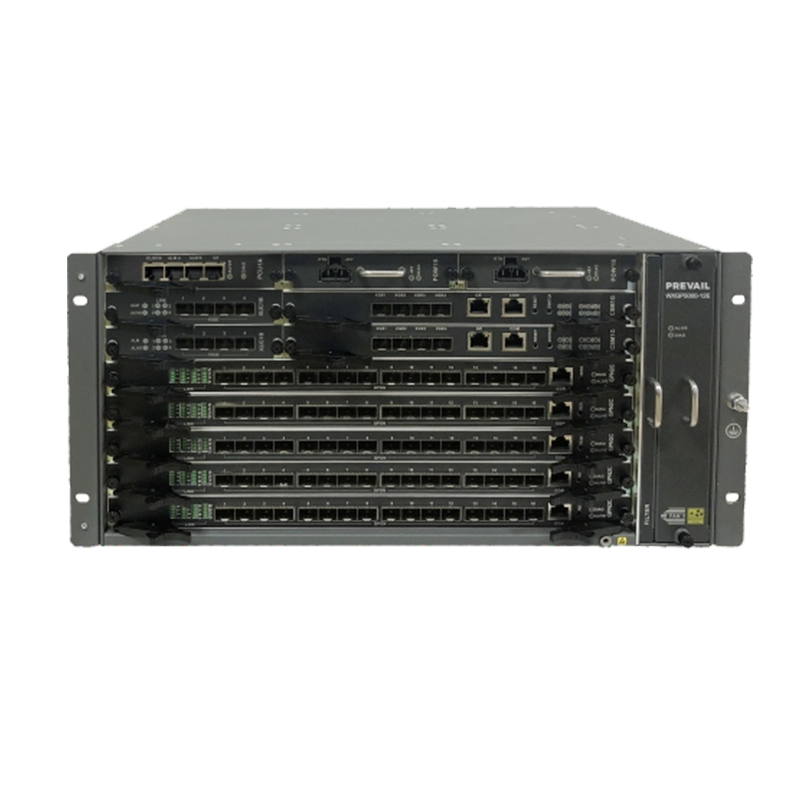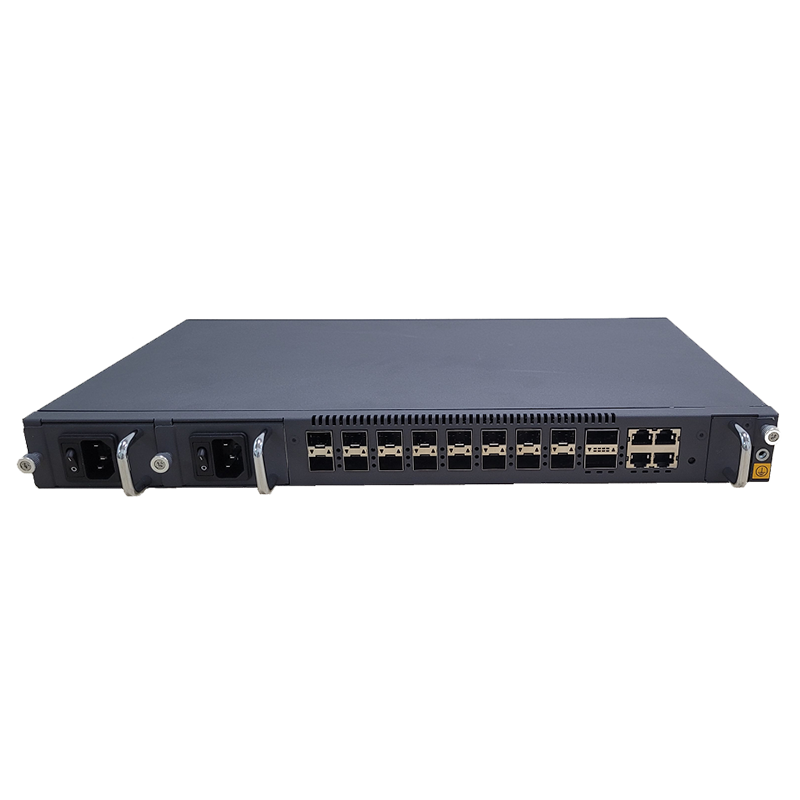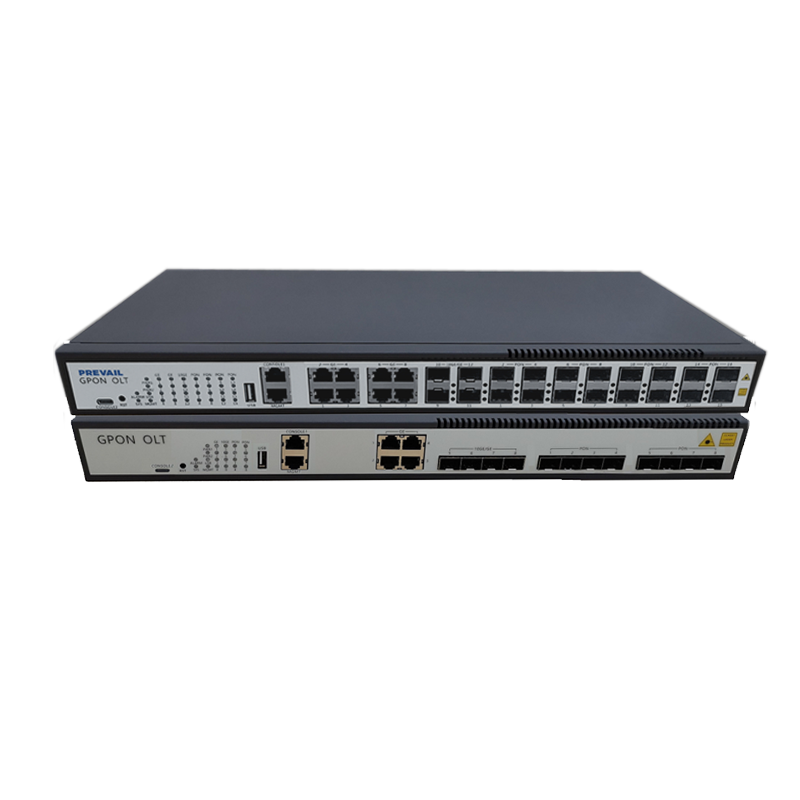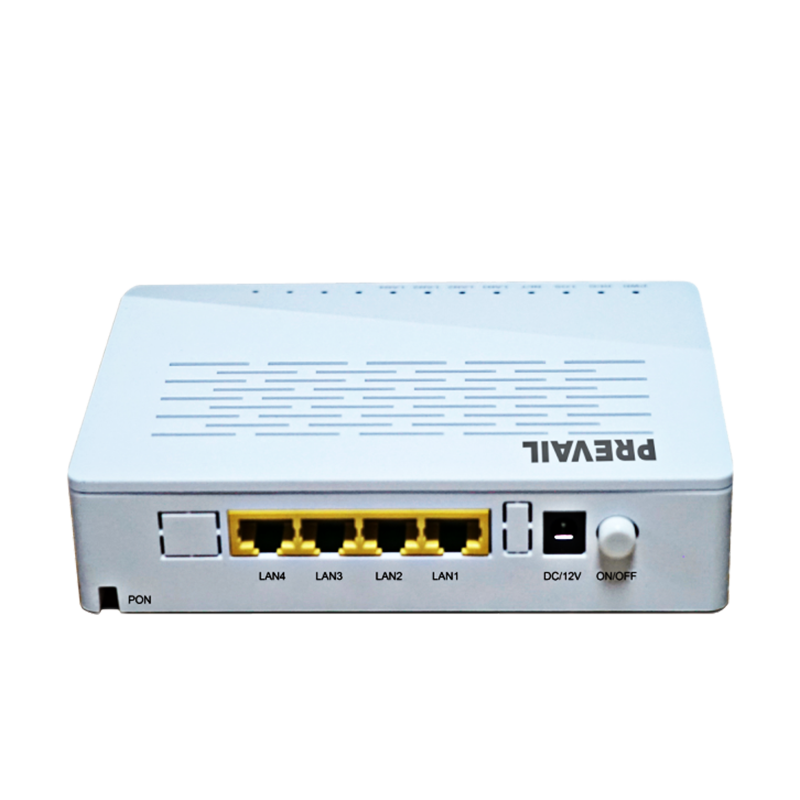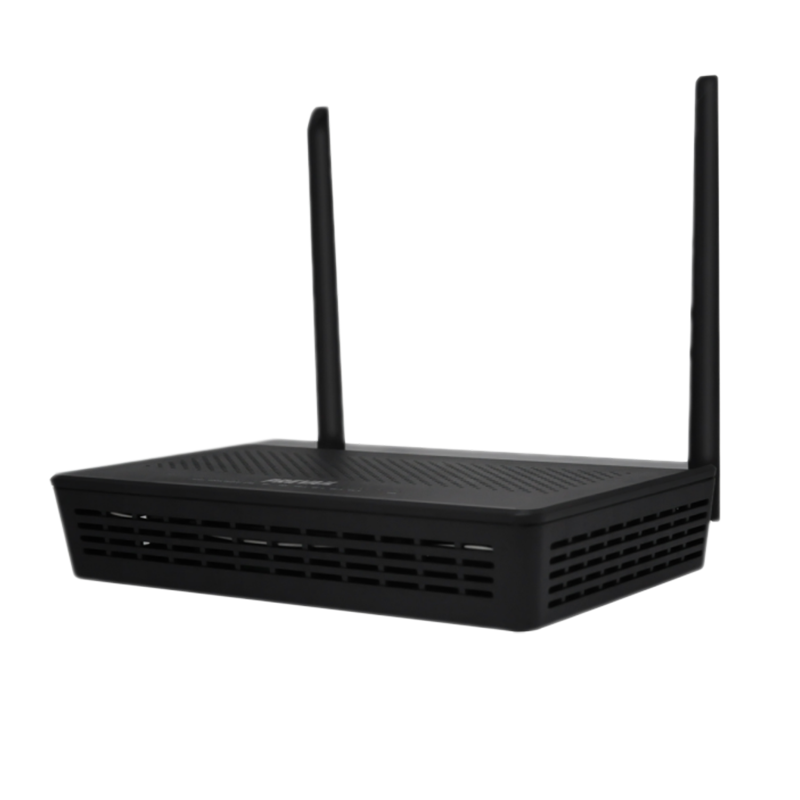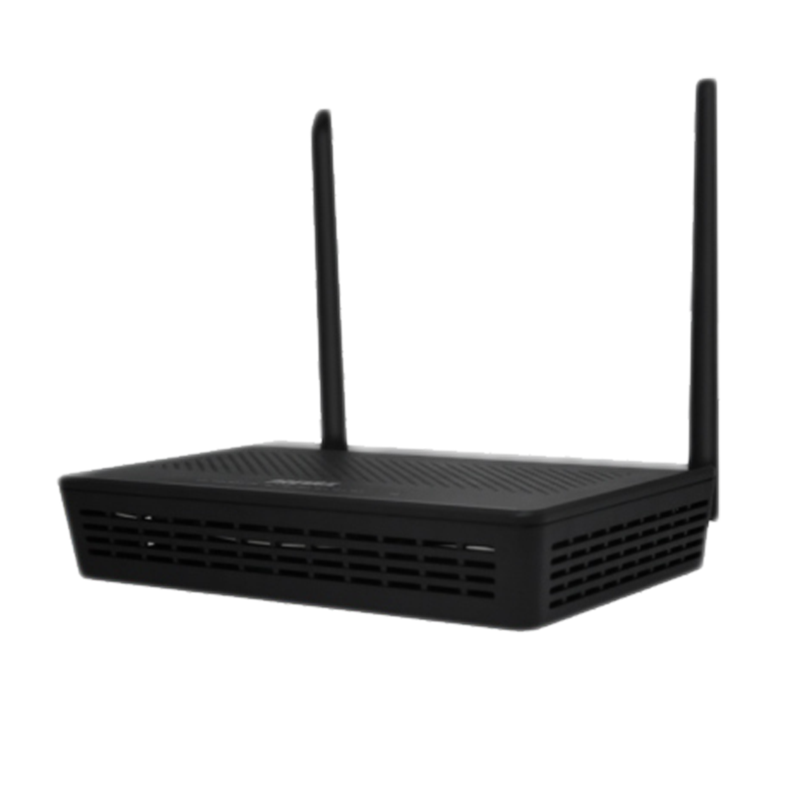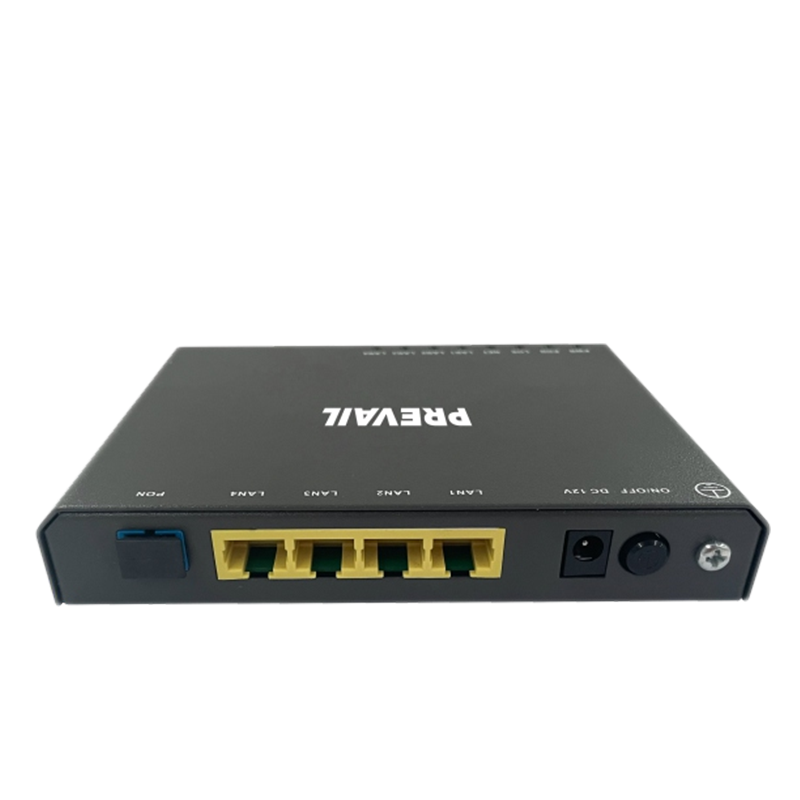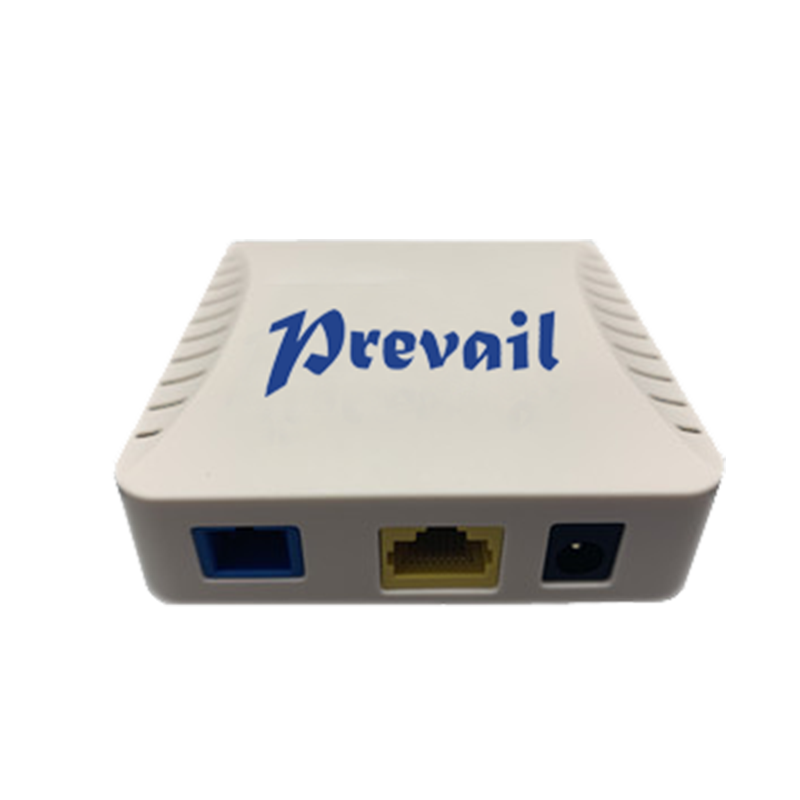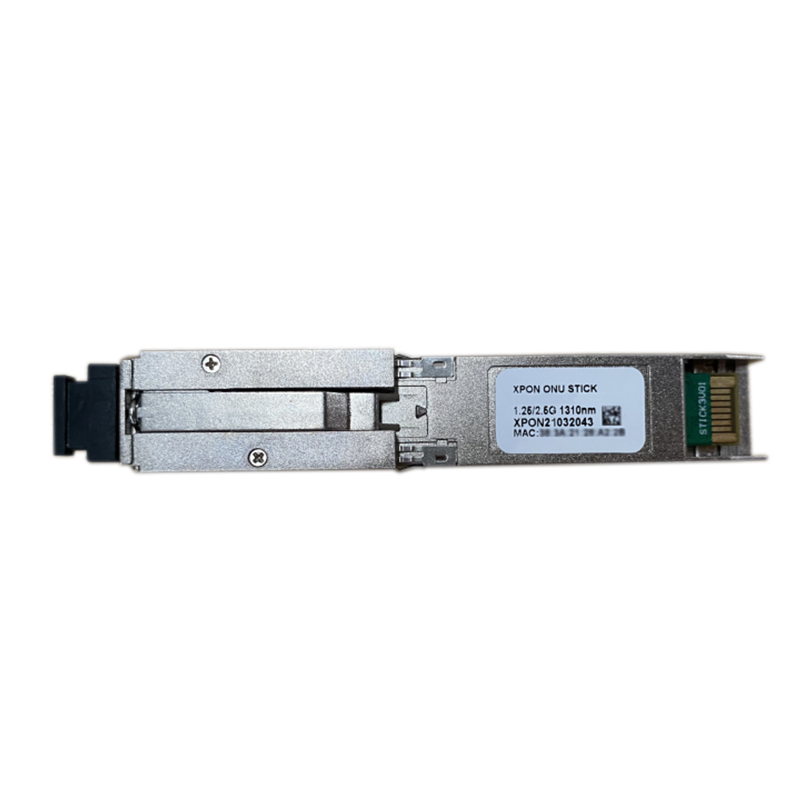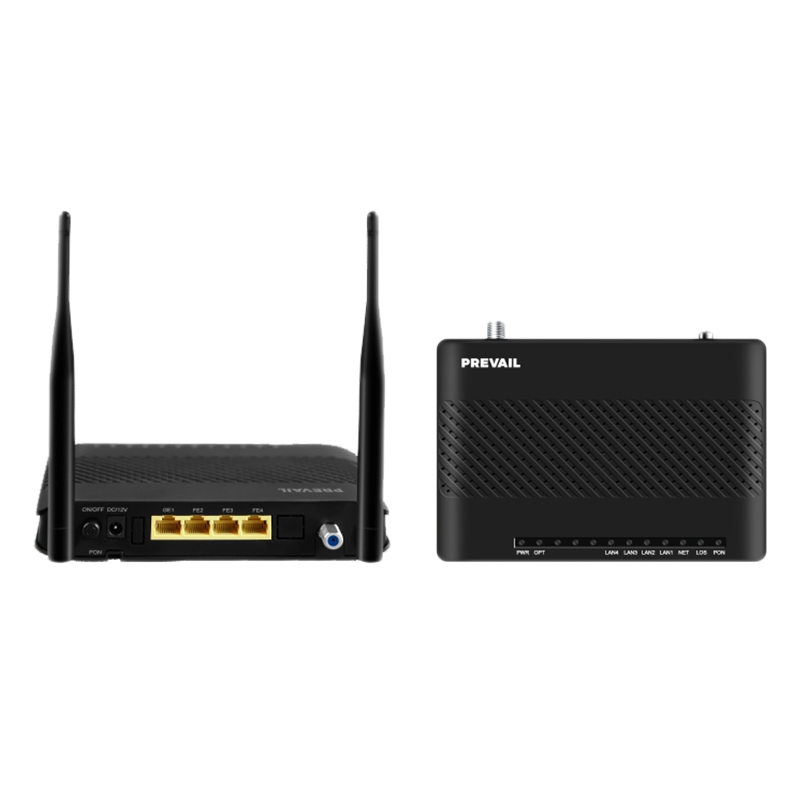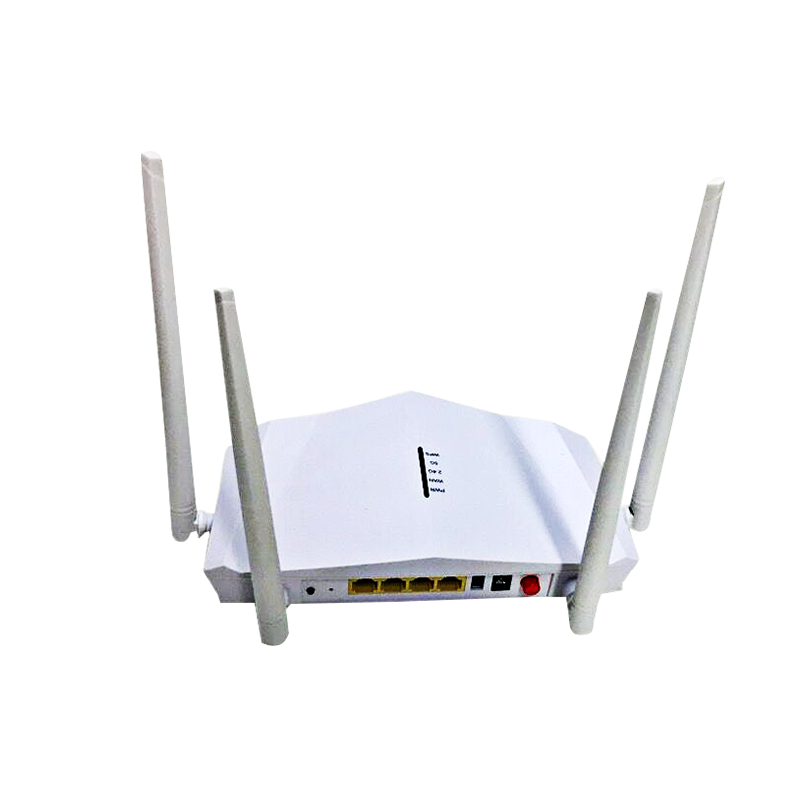How does the operational efficiency of HFC equipment compare to other transmission technologies?
In the dynamic landscape of modern telecommunications, where the demands for high-speed connectivity and seamless digital experiences continue to soar, the choice of transmission technology plays a pivotal role in shaping the efficiency and effectiveness of communication networks. Among the array of options available, HFC Transmission Equipment stands as a stalwart contender, offering a compelling blend of performance, scalability, and cost-effectiveness. Yet, to truly understand its prowess, one must embark on a journey of comparison, juxtaposing the operational efficiency of HFC against its counterparts in the realm of transmission technologies.
Data Throughput:
In the realm of data throughput, where the race to deliver ever-increasing volumes of information unfolds, HFC equipment holds its own against formidable adversaries.
HFC: With its adept fusion of optical fiber and coaxial cable technologies, HFC networks boast commendable data throughput, capable of ferrying a trifecta of services – broadband internet, digital television, and telephony – with finesse and alacrity.
Fiber Optic: The undisputed champion of speed and capacity, fiber optic networks eclipse their HFC counterparts in sheer data throughput. With the speed of light as its ally, fiber optics usher in an era of unparalleled connectivity, catering to the voracious appetites of data-hungry applications.
DSL (Digital Subscriber Line): In the domain of DSL, the quest for throughput yields mixed results. While DSL technology offers a commendable means of data transmission over existing copper telephone lines, its speeds pale in comparison to the broadband capabilities of HFC and fiber optic networks.
Scalability:
As the digital landscape continues to evolve, scalability emerges as a defining trait of transmission technologies, dictating their ability to adapt and expand in tandem with burgeoning demands.
HFC: With its inherent scalability, HFC equipment embodies the spirit of growth, accommodating the influx of subscribers and the surge in data traffic with ease. Through strategic deployments of new nodes and expanded fiber optics, HFC networks stand ready to meet the challenges of tomorrow.
Fiber Optic: The epitome of scalability, fiber optic networks offer an infinite canvas upon which to paint the tapestry of connectivity. With the addition of new fiber strands, these networks can effortlessly scale to support the burgeoning demands of a digital society.
DSL: While DSL networks possess a degree of scalability, their reach is constrained by the limitations of existing copper infrastructure. In rural or remote areas, where distances from central offices are significant, scaling DSL services can prove to be a formidable challenge.

Reliability:
In the realm of reliability, where uptime is paramount and disruptions are unwelcome guests, the operational efficiency of transmission technologies is put to the test.
HFC: Armed with redundant components and failover mechanisms, HFC networks exude reliability, offering a robust infrastructure that withstands the vagaries of the digital landscape. However, the coaxial cable portion of the network may be susceptible to signal degradation over extended distances or in areas rife with environmental interference.
Fiber Optic: With its immunity to electromagnetic interference and signal loss, fiber optic networks stand as bastions of reliability, delivering uninterrupted connectivity even in the face of adverse conditions. Fiber connections are less prone to outages caused by inclement weather or physical damage, instilling confidence in users and operators alike.
DSL: In the realm of DSL, reliability is a double-edged sword. While DSL technology offers a degree of reliability, its performance is contingent upon line quality and distance from the central office. Factors such as line noise, signal attenuation, and interference can impact DSL reliability, leading to fluctuations in service quality.
Cost-effectiveness:
Amidst the calculus of costs and benefits, where fiscal prudence meets the imperatives of connectivity, the operational efficiency of transmission technologies is scrutinized through the lens of affordability and return on investment.
HFC: Renowned for its cost-effectiveness, HFC equipment offers a compelling proposition for operators seeking to upgrade existing cable television infrastructure or deploy broadband internet services. The marriage of coaxial cable and fiber optics enables operators to deliver high-speed connectivity at a fraction of the cost of fiber optic deployments.
Fiber Optic: While fiber optic networks offer unparalleled performance and reliability, their initial deployment costs can be prohibitive for some operators. However, over the long term, fiber optics may offer lower maintenance costs and higher returns on investment, making them a compelling choice for forward-thinking providers.
DSL: In the realm of affordability, DSL technology holds sway, leveraging existing copper infrastructure to deliver cost-effective connectivity solutions. However, ongoing maintenance and upgrades may incur additional expenses, particularly in areas with aging infrastructure or limited access to central offices.
Adaptability to Emerging Technologies:
As the tides of technology continue to shift and new horizons beckon, the operational efficiency of transmission technologies is measured by their ability to embrace innovation and embrace the future.
HFC: With its proven track record of adaptability, HFC Transmission Equipment stands poised to embrace emerging technologies and meet the evolving needs of the digital landscape. Through standards such as DOCSIS (Data Over Cable Service Interface Specification), HFC networks continue to evolve, offering increased data throughput and support for new services.
Fiber Optic: As the harbinger of future-proof connectivity, fiber optic networks pave the way for a new era of innovation and possibility. From 5G wireless backhaul to Internet of Things (IoT) applications, fiber optics serve as the backbone of a connected world, facilitating the seamless exchange of data and ideas.
DSL: In the realm of emerging technologies, DSL technology may struggle to keep pace with its more advanced counterparts. As demand for higher-speed internet and advanced services grows, DSL networks may face challenges in meeting evolving consumer expectations, particularly in areas with limited infrastructure or access to central offices.
In the grand tapestry of telecommunications, where connectivity reigns supreme and the quest for efficiency knows no bounds, the operational prowess of transmission technologies serves as a beacon of progress and possibility. From the resilient infrastructure of HFC networks to the boundless capacity of fiber optic marvels, each technology brings its own unique strengths to the table, shaping the contours of a connected world. As the journey unfolds and the digital horizon beckons, the quest for operational efficiency continues unabated, driving innovation and transformation in equal measure.





